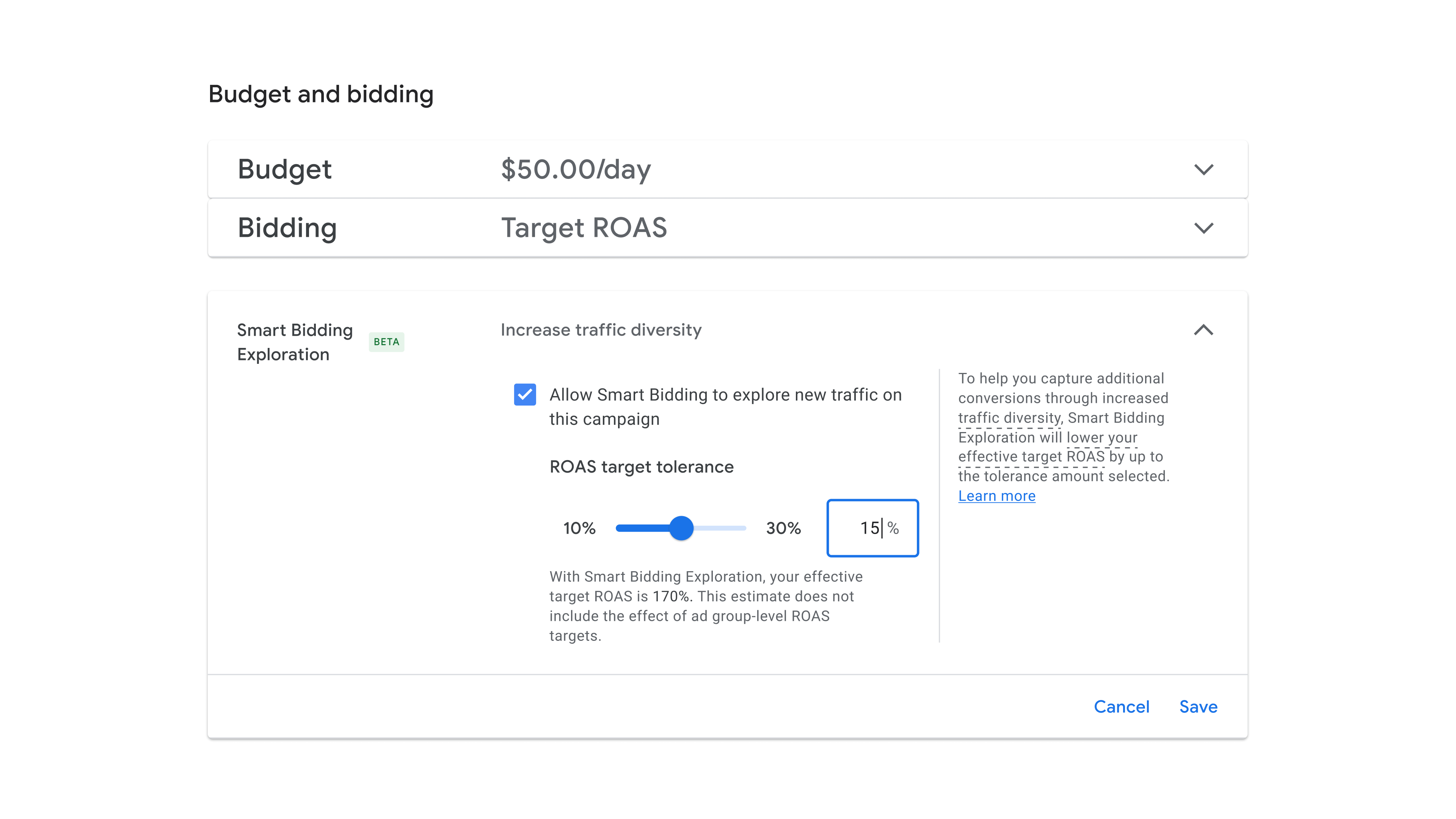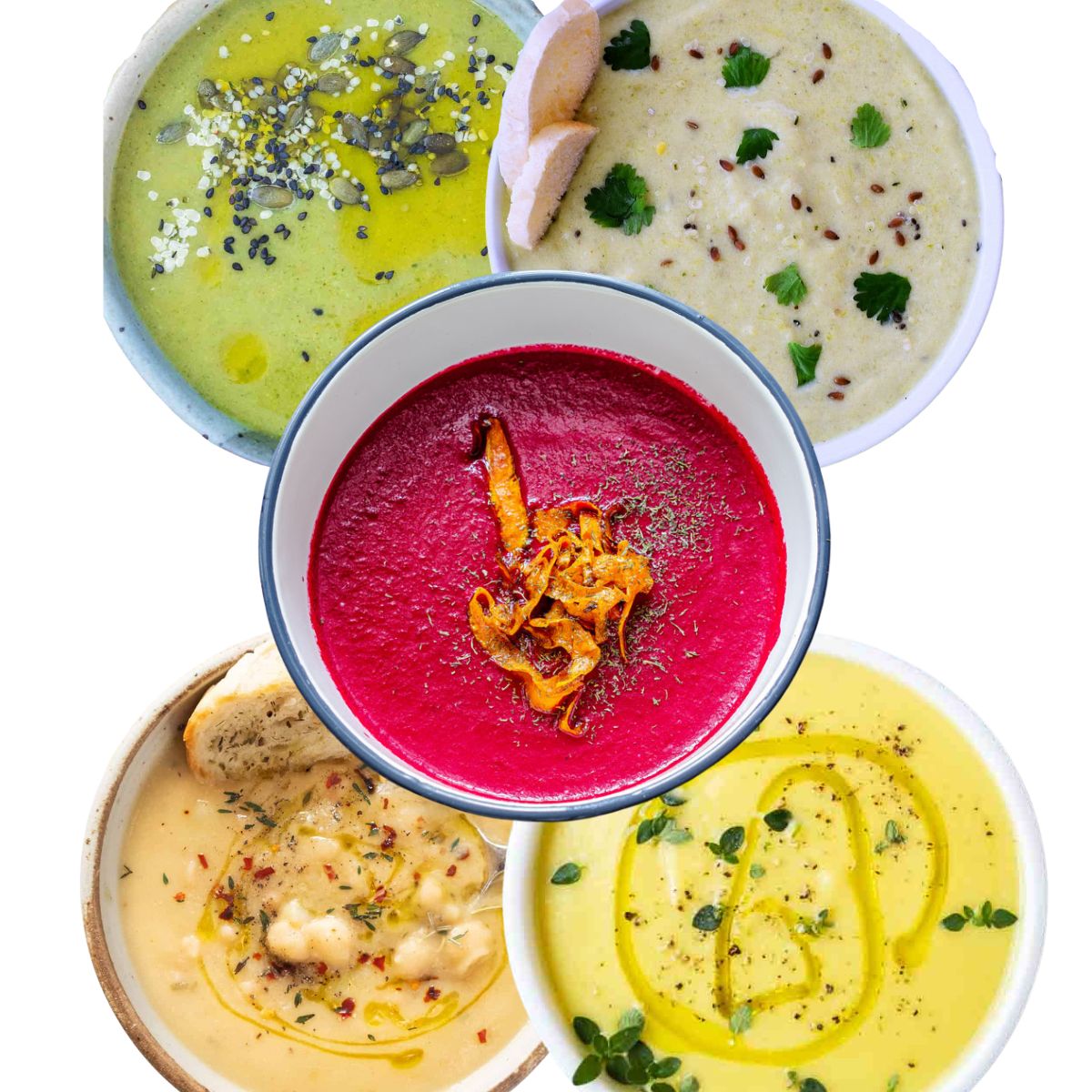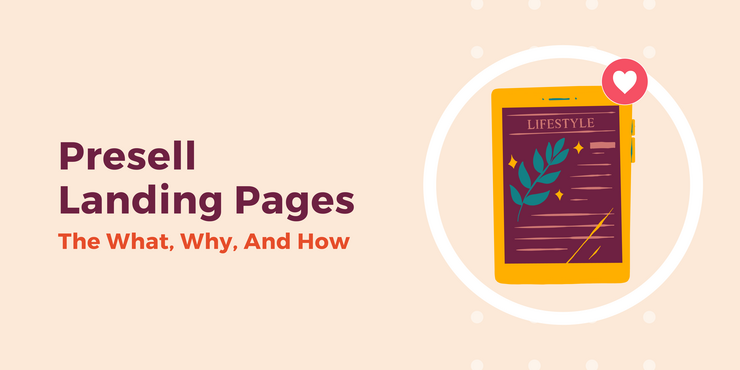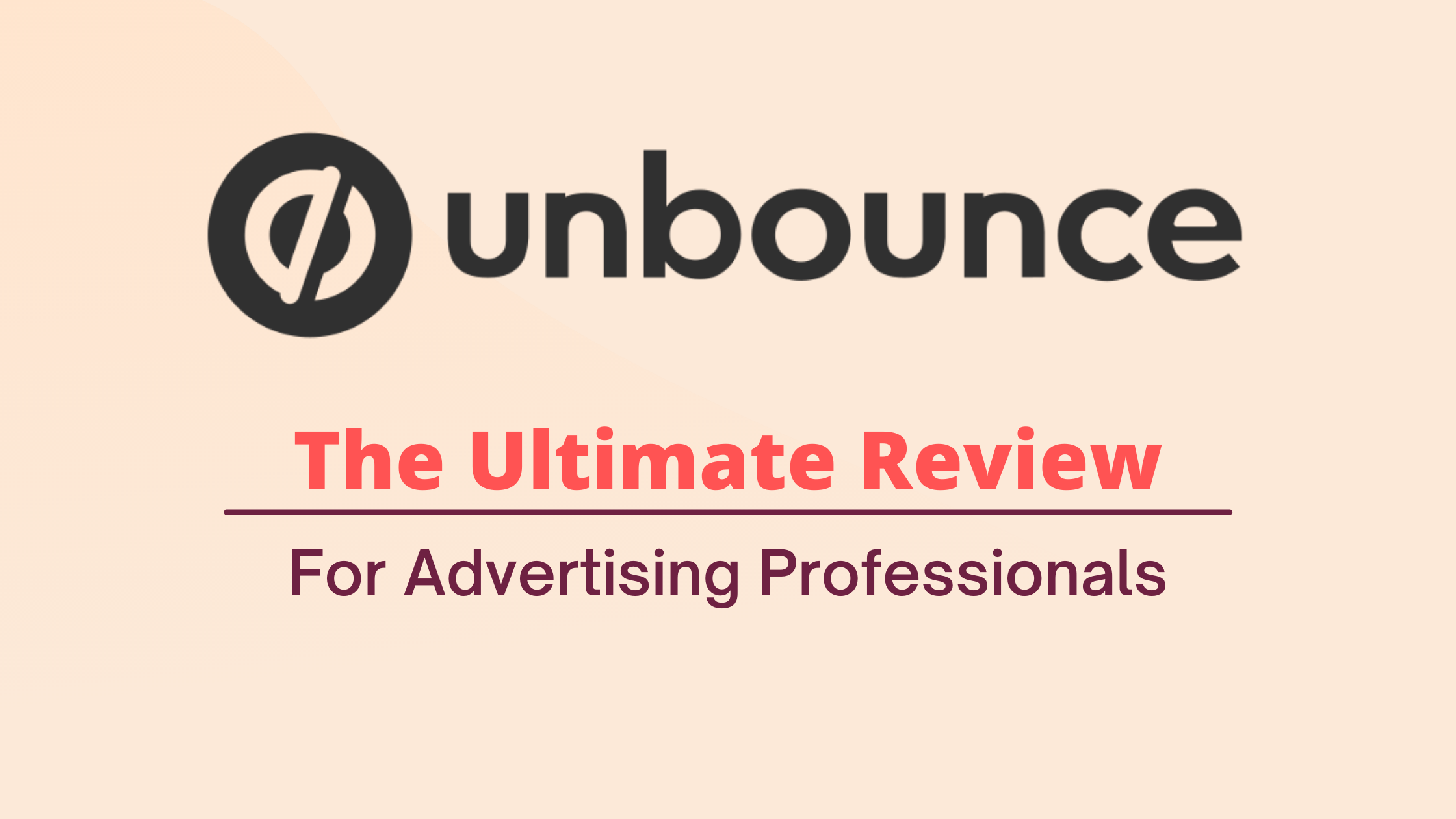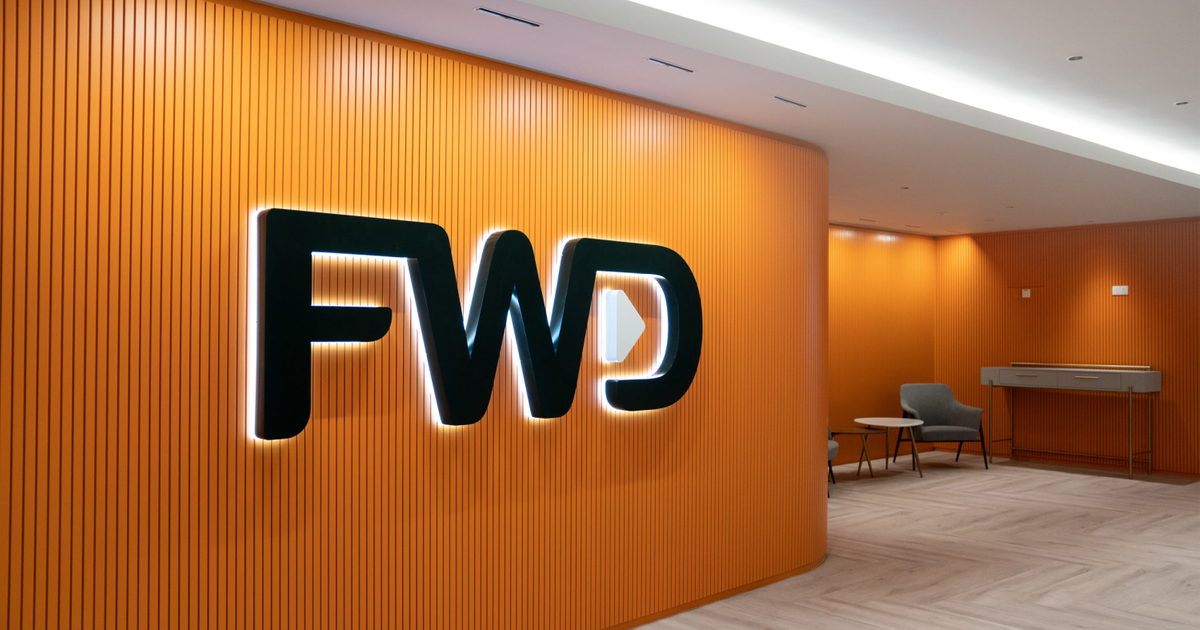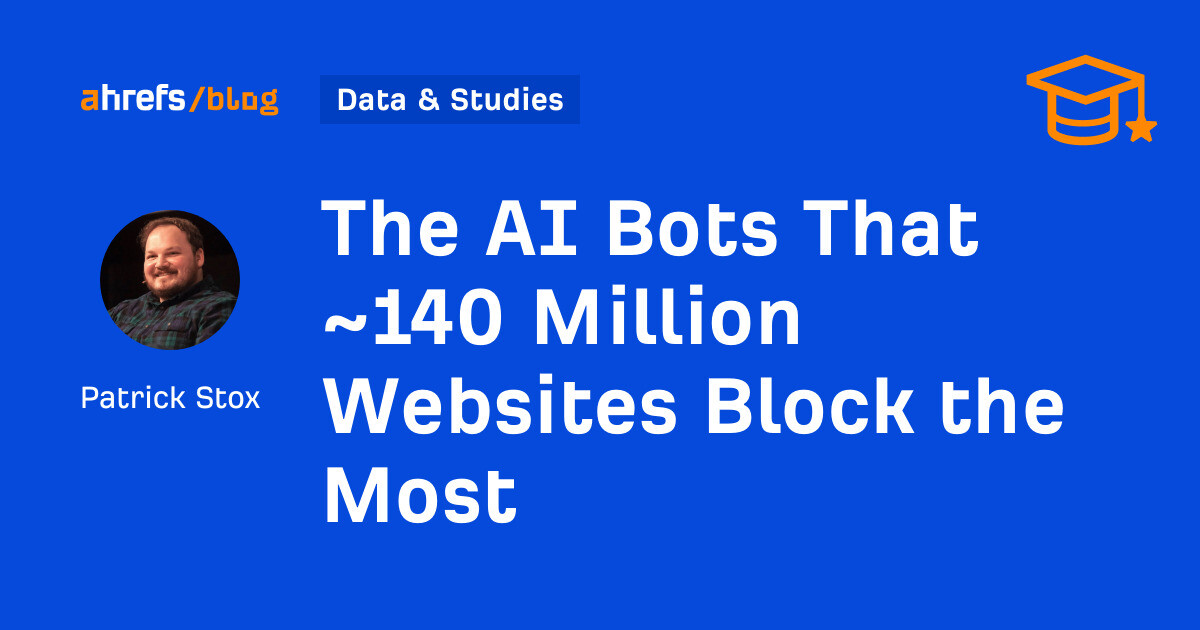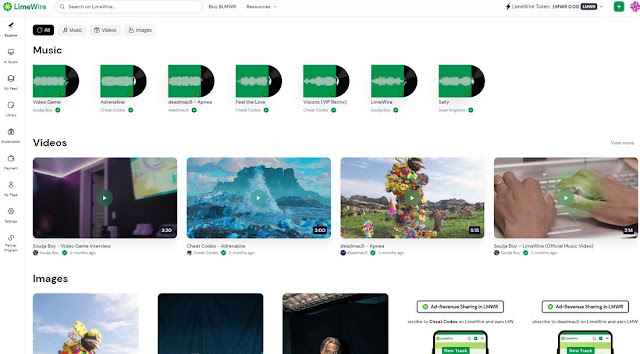The 6 Stages of the Product Life Cycle
When I was 12 years old, I used to be confused about my cousin's CD collection. Why have CDs when I could go on iTunes and listen to all my favorite songs? This is a perfect example of a...

When I was 12 years old, I used to be confused about my cousin's CD collection. Why have CDs when I could go on iTunes and listen to all my favorite songs? This is a perfect example of a product life cycle (PLC) in action. No one wants their product to become “obsolete” and reach the end of its product life cycle. That’s why it’s important to understand what stage your product is in so you can make better marketing and business decisions. Below, we’ll learn about the product life cycle inside and out. If you’re in a pinch, use the links below to jump straight to what you need: The product life cycle refers to the six stages a product goes through during its existence, starting from development all the way to decline. Business owners and marketers use the product life cycle to make important decisions and strategies on advertising budgets, product prices, and packaging. In the marketing industry, the typical depiction of the product life cycle only has four main stages — Introduction, Growth, Maturity, and Decline. At HubSpot, we agree that these are vital for a product, but the two stages “Development” and “Decline” aren’t nearly covered enough. As marketers, it's important to understand how your tactics and strategies change depending on the stage your product is in. Let’s break down each of the six stages of the product life cycle. In the late ‘60s, Harvard Business School professor Raymond Vernon developed this marketing theory in response to an economic model that failed to account for trends present in international trade – that’s why it was originally called the international product life cycle theory. It stated that products developed in an international market had three phases: Here’s a quick breakdown of his theory. Vernon theorized a new product would perform best in its country of origin to keep manufacturing and production costs low. Once the product gained demand, companies could begin exporting to other countries and continue building local production plants in each new location. Having these local plants would offer the flexibility to make changes to the product without incurring huge costs. The standardized phase would involve an influx of competitors, which would lead the company to focus on driving down production and manufacturing costs to remain competitive. As the market becomes saturated and a new product gets introduced, the company loses its relevance in its home country and shifts gears to create something new, with the cycle beginning again. Since then, the product life cycle theory has evolved to focus less on geography and more on marketing. Let’s dive into it next. You can use this template to map out your own product's life cycle phases. Download the Free Product Life Cycle Template The development stage of the product life cycle is the research phase before a product is introduced to the marketplace. This is when companies bring in investors, develop prototypes, test product effectiveness, and strategize their launch. In this stage, companies typically spend a lot of money without bringing in any revenue because the product isn't being sold yet. This phase can last for a long time, depending on the complexity of the product, how new it is, and the competition. For a completely new product, the development stage is particularly difficult because the first pioneer of a product isn’t always as successful as later iterations. While marketing typically begins in the introduction stage, you can begin to build “buzz” around your product by securing the endorsement of established voices in the industry. You can also publish early (and favorable) consumer research or testimonials. Your marketing goal during this stage is to build upon your brand awareness and establish yourself as an innovative company. The introduction stage happens when a product is launched in the marketplace. This is when marketing teams begin building product awareness and targeting potential customers. Typically, when a product is introduced, sales are low and demand builds slowly. In this phase, marketers focus on advertising and marketing campaigns. They also work on testing distribution channels and building product and brand awareness. This is where the fun begins. Now that the product is launched, you can actually promote it using inbound marketing and content marketing. Education is vital in this stage. If your marketing strategies are successful, the product goes into the next stage — growth. During the growth stage, consumers have accepted the product in the market and customers are beginning to truly buy in. That means demand and profits are growing, hopefully at a steadily rapid pace. The growth stage is when the market for the product is expanding and competition begins developing. Potential competitors will see your success and will want in. During this phase, marketing campaigns often shift from getting customers’ buy-in to establishing a brand presence so consumers choose them over developing competitors. Additionally, as companies grow, they'll begin to open new distribution channels and add more features and support services. In your strategy, you’ll advertise these as well. The maturity stage is when the sales begin to level off from the rapid growth period. At this point, companies begin to reduce their prices so they can stay competitive amongst the growing competition. This is the phase where a company begins to become more efficient and learns from the mistakes made in the introduction and growth stages. Marketing campaigns are typically focused on differentiation rather than awareness. This means that product features might be enhanced, prices might be lowered, and distribution becomes more intensive. During the maturity stage, products begin to enter the most profitable stage. The cost of production declines while the sales are increasing. When your product has become a mature offering, you may feel like you’re “sailing by” because sales are steady and the product has been established. But this is where it’s critical to establish yourself as a leader and differentiate your brand. Continuously improve upon the product as adoption grows, and let consumers know in your marketing strategy that the product they love is better than it was before. This will protect you during the next stage — saturation. During the product saturation stage, competitors have begun to take a portion of the market and products will experience neither growth nor decline in sales. Typically, this is the point when most consumers are using a product, but there are many competing companies. At this point, you want your product to become the brand preference so you don't enter the decline stage. When the market has become saturated, you’ll need to focus on differentiation in features, brand awareness, price, and customer service. Competition is highest at this stage, so it’s critical to leave no doubt regarding the superiority of your product. If innovation at the product level isn’t possible (because the product only needs minor tweaks at this point), then invest in your customer service and use customer testimonials in your marketing. Unfortunately, if your product doesn't become the preferred brand in a marketplace, you'll typically experience a decline. Sales will decrease during the heightened competition, which is hard to overcome. Additionally, new trends emerge as time goes on, just like the CD example I mentioned earlier. If a company is at this stage, it'll either discontinue its product, sell the company, or innovate and iterate on its product in some way. While companies would want to avoid the decline stage, sometimes there’s no helping it — especially if the entire market reached a decline. In your marketing strategy, you can emphasize the superiority of your solution to successfully get out of this stage. To extend the product life cycle, successful companies can also implement new advertising strategies, reduce prices, add new features to increase their value proposition, explore new markets, or adjust brand packaging. The best companies will usually have products at several points in the product life cycle at any given time. Some companies look to other countries to begin the cycle anew. Now that we’ve gone through stages, let’s review some real-life examples of them in action. Let’s follow the product life cycle of popular products that have since reached the decline stage. The typewriter was the first mechanical writing tool — a worthy successor to pen and paper. Ultimately, however, other technologies gained traction and replaced it. Skipping forward to the 21st century, we see the rise and fall of Vine, a short-form video-sharing app that was the source for many memes at its peak but eventually declined due to other platforms. Remember the days of switching TV channels to find what to watch? I do — and they feel distinctly like something of the past. While cable TV is still around, it’s safe to say that it’s nearing the decline stage. This relic was once a popular and convenient way to store and share data between computers. I barely understood what they were growing up, and it astounds me to think of the very existence of cloud data sharing and other mass memory storage means. Not all products need to face the decline stage. Companies can extend the product life cycle with new iterations and stay afloat as long as they have several products at various points of the product life cycle. The international product life cycle (IPL) is the cycle a product goes through in international markets. As products begin to mature and companies want to avoid the decline stage, they'll typically begin to explore new markets globally. When products reach mass production, manufacturing and production shift to other countries as well. The international product life cycle stages are identical to that of a normal product life cycle. The development stage looks different, however, because local customs and regulations can affect how long it takes to bring the product to a new marketplace. However, once you lay the groundwork in a new marketplace, your competitors will be sure to follow, and the life cycle stages will continue up until saturation and eventually decline. Your option is to either expand into another market or learn from prior mistakes and innovate before the decline stage rolls around. Next, we’ll look at when you should use the product life cycle. Businesses use the product life cycle to achieve the following: The product life cycle benefits businesses because they can shift their wording and positioning to best market the product at the stage it is in. If your product has recently been introduced and you try to market it as a long-established solution, consumers will see right through it and trust you less as a result. Whether you're developing a brand new product or working with a mature, well-established brand, you can use the product life cycle stages as a guide for your marketing campaigns. Each stage will dictate how you inform your audience about the product, how you position your brand in the marketplace, and how you decide to move forward after the decline stage. By keeping your product’s life cycle in mind, you can invest in better marketing campaigns that result in a higher ROI. Editor's note: This post was originally published in January 2020 and has been updated for comprehensiveness.
What is the product life cycle?

Breaking Down the Product Life Cycle Theory
What are the stages of the product life cycle?
1. Development
Development Stage Marketing Strategy
2. Introduction
Introduction Stage Marketing Strategy
3. Growth
Growth Stage Marketing Strategy
4. Maturity
Maturity Stage Marketing Strategy
5. Saturation
Saturation Stage Marketing Strategy
6. Decline
Decline Stage Marketing Strategy
Product Life Cycle Examples
1. The Typewriter
2. Vine
3. Cable TV
4. Floppy Disk
International Product Life Cycle
When to Use the Product Life Cycle
Keep Your Product’s Life Cycle in Mind

 Tfoso
Tfoso ![Free Product Marketing Kit [Free Templates]](https://no-cache.hubspot.com/cta/default/53/08b5e1f4-5d26-405b-b986-29c99bd0cb14.png)
















